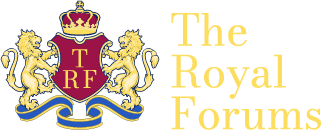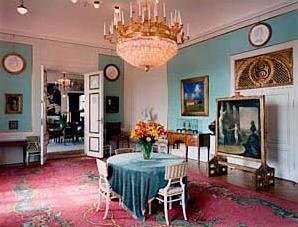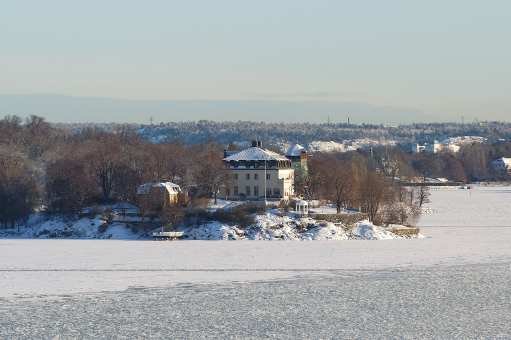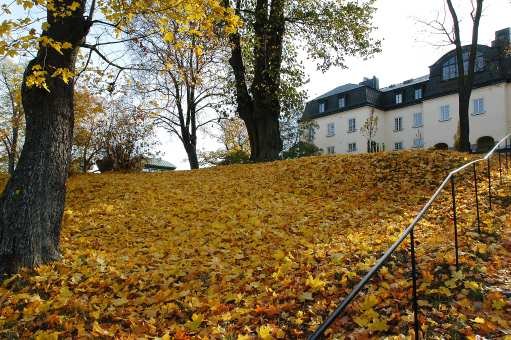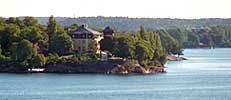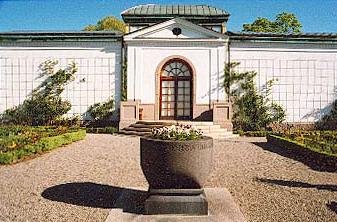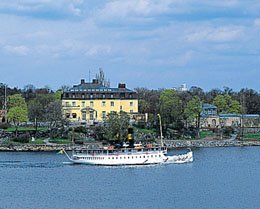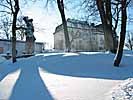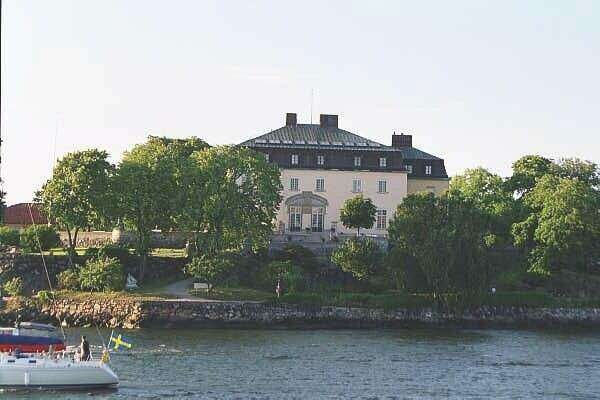GrandDuchess
Heir Apparent
- Joined
- Mar 28, 2004
- Messages
- 3,403
- City
- Somwhere
- Country
- Sweden
Prince Eugen (1865-1947)
Prince Eugen – The Painting Prince.
Eugen Napoleon Nicolaus Bernadotte, Prince of Sweden, Duke of Närke, was born on 1 August 1865 as the fourth and youngest son of the Duke and Duchess of Östergötland, later King Oscar II and Queen Sophia.
Already at an early age, the young Prince showed his artistic talents and was taught drawing and painting by different artists.
During the years 1885-86, the Prince studied at Uppsala University and was at the same time a student for painter Wilhelm von Gegerfelt. It was during this time he decided that he wanted to become an artist. His parents, the Duke and Duchess of Östergötland, was not very pleased with the news at first – to have painting as a hobby was one thing, but to have it as ones main direction in life for a Prince was a totally different thing. But after receiving such excellent words of recommendations from the big artists of that time, his parents agreed – and the Prince went to Paris to study between 1887 and 1889.
In 1889, the Prince was selected as the first Honorary Member of the Royal Academy of Arts in Stockholm, and the next year he was given the academy’s spot in the State’s purchasing committee for art.
Even if Prince Eugen has been allowed to educate himself to an artist, he could not escape the royal duties that followed with being a member of the Royal Family. He undertook official engagements in both Sweden and Norway, who was in a union with Sweden until 1905.
During the 1890’s, Prince Eugen could mainly devote time to his own painting during the summers. It was also during this decennium that he had his artistic break-through and when his lyrical and romantic painting came to play a vital role for the development of the Swedish landscape painting.
Prince Eugen had many exhibitions with his paintings – the largest one on Lijlevalchs Museum in 1925 - and his work was also featured on exhibitions abroad, like in Oslo and Helsinki.
As a part of his commitment to cultural politics, the Prince contributed with many monumental works of art for public spaces. They are located in schools, hospitals and churches in Sweden – the largest one of them is his wall mural in the City Hall in Stockholm, which took 6 years to finish.
Among his most publicly visible works are the 40 metres long murals on the walls in the Prince’s Gallery in the City Hall, the wall painting at the Royal Dramatic Theatre in Stockholm, and the altar painting in the Kiruna church.
To honour the occasion of Prince Eugen’s 80th birthday in 1945 – King Gustav V instituted The Prince Eugen Medal, to be awarded for great artistic achievement, and still a medal awarded today by King Carl XVI Gustaf.
On 17 August 1947, Prince Eugen, the Painting Prince – passed away. He willed Waldemarsudde and his large collection of art to the State, with the condition of them making it a museum and opening it to the general public. At his death, the collection was one of the largest private collections in Sweden – consisting of about 2 500 works of art by 444 different artists. The collection, mainly consisting of Swedish art, consists of paintings (the main part), sculptures, drawings, graphics and medal art. Prince Eugen was a collector for 60 years of his life; the first purchases were made in 1887, the last ones in 1947, the year of his death. In the collection you can find some of Sweden’s greatest artists ever – but also many great foreign artists.
Prince Eugen was one of his times greatest cultural personalities, and always a supporter of the culture. Some of his best friends were his fellow artists of that time: Carl Larsson, Richard Bergh, Anders Zorn, Albert Edelfelt and Peder Kröyer.
Prince Eugen – The Painting Prince.
Eugen Napoleon Nicolaus Bernadotte, Prince of Sweden, Duke of Närke, was born on 1 August 1865 as the fourth and youngest son of the Duke and Duchess of Östergötland, later King Oscar II and Queen Sophia.
Already at an early age, the young Prince showed his artistic talents and was taught drawing and painting by different artists.
During the years 1885-86, the Prince studied at Uppsala University and was at the same time a student for painter Wilhelm von Gegerfelt. It was during this time he decided that he wanted to become an artist. His parents, the Duke and Duchess of Östergötland, was not very pleased with the news at first – to have painting as a hobby was one thing, but to have it as ones main direction in life for a Prince was a totally different thing. But after receiving such excellent words of recommendations from the big artists of that time, his parents agreed – and the Prince went to Paris to study between 1887 and 1889.
In 1889, the Prince was selected as the first Honorary Member of the Royal Academy of Arts in Stockholm, and the next year he was given the academy’s spot in the State’s purchasing committee for art.
Even if Prince Eugen has been allowed to educate himself to an artist, he could not escape the royal duties that followed with being a member of the Royal Family. He undertook official engagements in both Sweden and Norway, who was in a union with Sweden until 1905.
During the 1890’s, Prince Eugen could mainly devote time to his own painting during the summers. It was also during this decennium that he had his artistic break-through and when his lyrical and romantic painting came to play a vital role for the development of the Swedish landscape painting.
Prince Eugen had many exhibitions with his paintings – the largest one on Lijlevalchs Museum in 1925 - and his work was also featured on exhibitions abroad, like in Oslo and Helsinki.
As a part of his commitment to cultural politics, the Prince contributed with many monumental works of art for public spaces. They are located in schools, hospitals and churches in Sweden – the largest one of them is his wall mural in the City Hall in Stockholm, which took 6 years to finish.
Among his most publicly visible works are the 40 metres long murals on the walls in the Prince’s Gallery in the City Hall, the wall painting at the Royal Dramatic Theatre in Stockholm, and the altar painting in the Kiruna church.
To honour the occasion of Prince Eugen’s 80th birthday in 1945 – King Gustav V instituted The Prince Eugen Medal, to be awarded for great artistic achievement, and still a medal awarded today by King Carl XVI Gustaf.
On 17 August 1947, Prince Eugen, the Painting Prince – passed away. He willed Waldemarsudde and his large collection of art to the State, with the condition of them making it a museum and opening it to the general public. At his death, the collection was one of the largest private collections in Sweden – consisting of about 2 500 works of art by 444 different artists. The collection, mainly consisting of Swedish art, consists of paintings (the main part), sculptures, drawings, graphics and medal art. Prince Eugen was a collector for 60 years of his life; the first purchases were made in 1887, the last ones in 1947, the year of his death. In the collection you can find some of Sweden’s greatest artists ever – but also many great foreign artists.
Prince Eugen was one of his times greatest cultural personalities, and always a supporter of the culture. Some of his best friends were his fellow artists of that time: Carl Larsson, Richard Bergh, Anders Zorn, Albert Edelfelt and Peder Kröyer.
Attachments
-
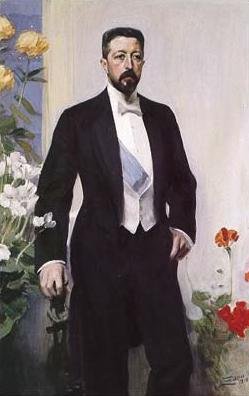 Eugen2.jpg15.5 KB · Views: 2,349
Eugen2.jpg15.5 KB · Views: 2,349 -
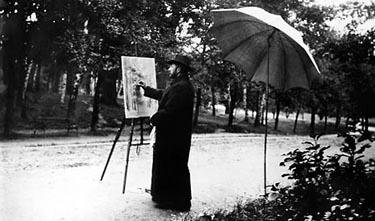 Eugen3.jpg21.8 KB · Views: 2,339
Eugen3.jpg21.8 KB · Views: 2,339 -
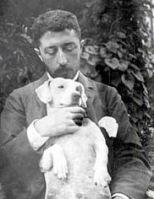 Eugen4.jpg7.9 KB · Views: 2,715
Eugen4.jpg7.9 KB · Views: 2,715 -
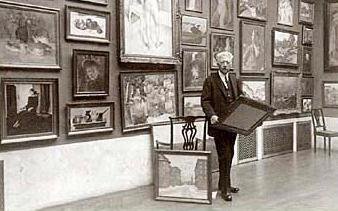 Eugen6.jpg19.1 KB · Views: 2,355
Eugen6.jpg19.1 KB · Views: 2,355 -
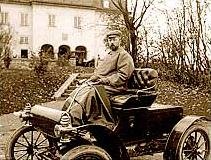 Eugen7.jpg15.1 KB · Views: 2,236
Eugen7.jpg15.1 KB · Views: 2,236 -
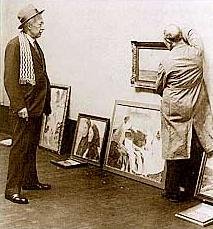 Eugen8.jpg15 KB · Views: 2,220
Eugen8.jpg15 KB · Views: 2,220 -
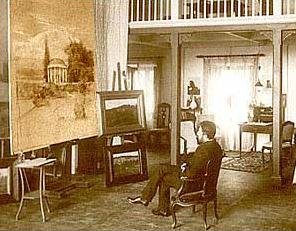 Eugen9.jpg20.4 KB · Views: 2,252
Eugen9.jpg20.4 KB · Views: 2,252 -
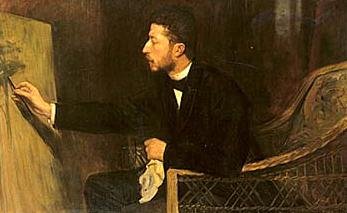 Eugen 5.jpg14.3 KB · Views: 2,298
Eugen 5.jpg14.3 KB · Views: 2,298 -
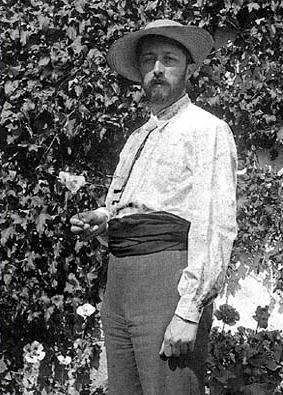 Eugen1.jpg38.8 KB · Views: 3,125
Eugen1.jpg38.8 KB · Views: 3,125
Last edited:
